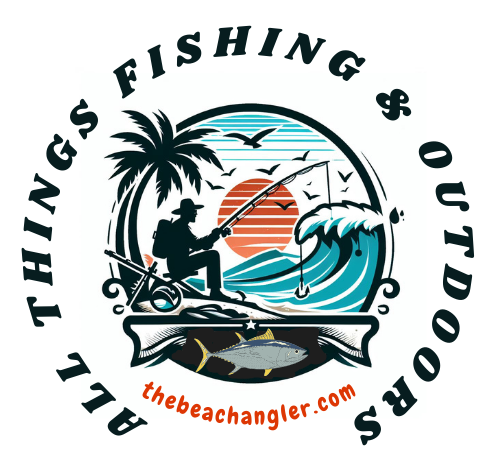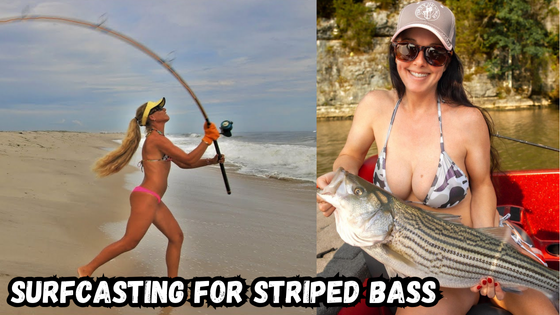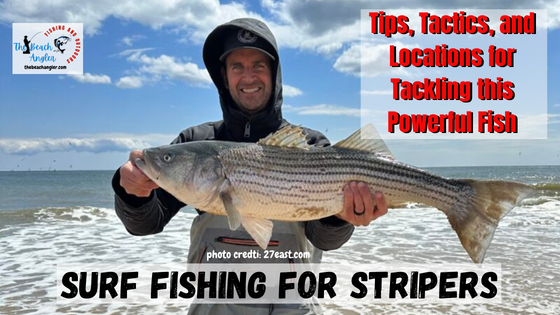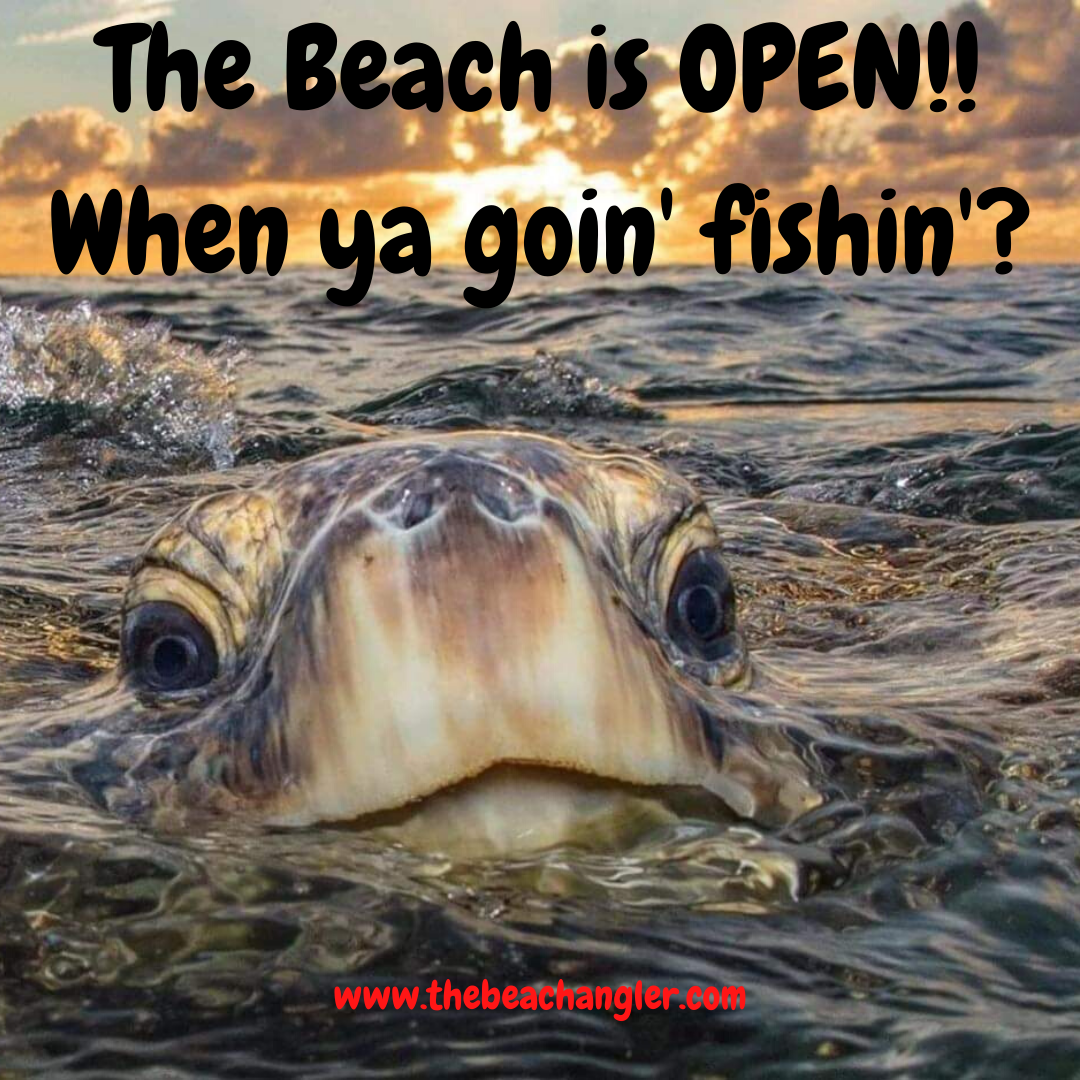I have spent many years along the coast perfecting my surfcasting approach for striped bass. This sport provides a unique combination of excitement and relaxation, watching the tide and reading the surf while waiting for that thrilling bite. I have learned through experience that understanding the nuances of the water and the behavior of striped bass can make a big difference in your day on the beach.
QUICK LOOK: Surfcasting Tips for Striped Bass
- Key Spots: Striped bass are often found in deeper water pockets near the shore. I have found that focusing on spots where the water is deeper, such as troughs or bowls, gives you a better chance of success.
- Baits and Lures: I commonly use live baits like clams, seaworms, and sand fleas, all of which have proven effective in enticing a striped bass bite during my outings. In addition to natural baits, I have experimented with swimbaits that mimic small baitfish.
- Tackle and Gear: Every angler will agree that good gear can greatly improve the overall experience. I use a sturdy fishing rod, specifically chosen for the power needed to reel in a strong striped bass. Every detail counts, and each piece of equipment plays a role in building the confidence to cast effectively.
- Cast and Retrieve Techniques: Surfcasting requires precision in both casting and retrieving. I ensure that my casting technique is smooth and consistent. Once the bait is in the water, the retrieve technique becomes equally important. Often, a gentle, intermittent retrieve can trigger a reaction from a nearby striped bass.
- Pay Attention to Tides: One common issue is fluctuating tides that change the location of the fish during a single outing. I have learned to be patient and to accept that the optimal spot may shift throughout the day.
- Ask the Locals: I often speak with fellow anglers and visit local tackle shops to learn about recent changes in fishing patterns or new techniques that are working well in the area. This community-based approach helps me adapt to changing conditions and continuously improve my skills.
Key Spots and Techniques for Surfcasting Striped Bass
Striped bass are often found in deeper water pockets near the shore. I have found that focusing on spots where the water is deeper, such as troughs or bowls, gives you a better chance of success.
These locations allow the fish to ambush unwary bait. It is important to check areas where the sandbars break. These breaks create currents and eddies that attract baitfish. This, in turn, draws in striped bass.
I have also noticed that rip currents and breaks in the water pattern can signal good fishing spots. When the current switches up or when waves break differently along the shoreline, bait tends to concentrate in those areas.
Watching for bird activity, such as seagulls and terns that jump into the water, has often been an indicator that baitfish are gathered and that striped bass are nearby. Even floating debris can signal a change in the current and provide clues about where to cast your line.
Essential Baits and Lures for Targeting Striped Bass
Using the right bait is a key part of successful surfcasting. I commonly use live baits like clams, seaworms, and sand fleas, all of which have proven effective in enticing a striped bass bite during my outings.
Many anglers also favor cut bunker or menhaden. I usually prepare cut species shortly before my trip to maximize scent and freshness, drawing in the predator instincts of striped bass.
In addition to natural baits, I have experimented with swimbaits that mimic small baitfish. Particularly during the spring season, when striped bass are actively feeding, a realistic lure can trigger an aggressive response from the fish.
The lure should move naturally with the water, giving the impression of injured prey. I often combine these strategies by alternating natural and artificial baits, depending on the conditions.
Getting Started with Surfcasting for Striped Bass
Before venturing into surfcasting, I made sure to understand the behavior of striped bass and the dynamics of the surf. It is helpful to start with basic techniques and gradually build up your skill set.
Early morning and evening outings are typically the most productive times to fish. During these periods, the lighting tends to be low, which is when striped bass are more likely to venture into shallow areas near deeper water patches.
Timing is important. The transition between tides creates movement that often results in feeding opportunities. I always check the tide charts before my trips, aiming to fish during the outgoing or incoming tide when baitfish become more active.
Water temperature is another factor that influences striped bass activity. In cooler water, they tend to be more active, while on particularly hot days, I might have to adjust my timing to early morning or late evening when the water has cooled down.
Gear, Tackle, and Bait Preparation
Every angler will agree that good gear can greatly improve the overall experience. I use a sturdy fishing rod, specifically chosen for the power needed to reel in a strong striped bass. The rod I rely on is balanced with a conscious effort to keep it light enough for long casts yet strong enough to handle the pull of a large fish.
The reel is essential to provide a smooth line release and strong drag performance. I always make sure that my reel has the capacity to handle a thick, strong fishing line. Throughout my experience, I have learned that using a high-quality line minimizes the risk of breakage when the fish makes a sudden, powerful run.
Choosing the right hooks and weights completes the setup. I select sharp, robust hooks that can reliably secure my bait. It is important to match the weight properly; too heavy a weight may reduce your casting distance, while too light a weight may fail to keep your bait in place amid choppy surf conditions. Every detail counts, and each piece of equipment plays a role in building the confidence to cast effectively.
Techniques for Casting and Retrieving
Successful surfcasting requires precision in both casting and retrieving. I ensure that my casting technique is smooth and consistent. I release the line carefully to prevent tangles and maintain control over the lure. A relaxed casting form can help improve accuracy. This is essential when trying to hit those deeper water spots along the beach.
Once the bait is in the water, the retrieve technique becomes equally important. I pay close attention to the natural movement of the water. Sometimes, it is best to let your bait settle on the ocean floor or drift slightly with the current.
In other instances, a gentle, intermittent retrieve can trigger a reaction from a nearby striped bass. The key is to adjust your speed based on the conditions and to watch the line for any signs of a bite.
Low-light conditions, such as dawn or dusk, often require a more deliberate technique. I have noticed that during these times, striped bass may attack more quickly when they have less time to survey the baits. This means that a subtle, quick flick of the rod might be necessary to set the hook when I feel a nibble.
Common Challenges and Practical Solutions
Every angler encounters challenges when surfcasting for striped bass.
- One common issue is fluctuating tides that change the location of the fish during a single outing. I have learned to be patient and to accept that the optimal spot may shift throughout the day. Observing the water patterns and being responsive to the current is essential.
- Another challenge I have often faced is weather-related changes. Winds and high waves can disrupt casting accuracy and even scare away fish. I check local weather forecasts regularly and plan my outings during times when the waves are manageable. Calm, predictable surf conditions make the sport both safer and more enjoyable.
- Understanding that environmental changes can be sudden, I always have backup gear ready. Spare hooks, additional weights, and extra bait stored in a waterproof container ensure that a day of fishing is not cut short by a small setback. Equipment failure can be frustrating, but having extra supplies on hand minimizes downtime.
- Local knowledge and advice have also proved invaluable throughout my ride. I often speak with fellow anglers and visit local tackle shops to learn about recent changes in fishing patterns or new techniques that are working well in the area. This community-based approach helps me adapt to changing conditions and continuously improve my skills.
Advanced Tips and Techniques for Experienced Surfcasters
For those who have spent several outings in the surf, there are always more refined techniques worth exploring.
- I often experiment with different bait presentations to see what triggers the best response from striped bass. Observing small variations in water movement can guide me as I try a variety of retrieval speeds and casting distances.
- An advanced tip I have adopted is to use a two-bait setup. In situations where I suspect that the fish might be easily spooked, presenting a secondary bait slightly behind the primary one can create additional appeal. This setup sometimes mimics the natural occurrence of a school of baitfish fleeing from a predator. Such a scenario can trigger a feeding frenzy among the bass.
- Another refined approach involves fine-tuning rod action and bait weight. I experiment with lighter weights during calmer conditions to achieve a more natural drift. Conversely, when the surf is heavier, I use slightly heavier weights to keep the bait in place. Adjusting these elements not only helps with casting but also with maintaining bait presentation in challenging surf conditions.
- Learning to read the water is something that advanced anglers master over time. I have spent long hours simply watching the interactions between the waves, the movement of the water, and the behavior of gulls and other seabirds. These observations have sometimes alerted me to an upcoming opportunity even before I cast a line. Understanding these small clues in the environment can significantly improve your catch rate.
- Another trick that I have found effective is to change your setup or bait color based on the weather conditions. In overcast situations, for example, brighter baits might stand out more in the grey water, increasing visibility to the fish. The same applies to clear sunny days when natural bait colors might blend in better and mimic the real prey of striped bass.
Frequently Asked Questions
What is the best time of day for surfcasting striped bass?
From my experience, early mornings and evenings tend to be the best times to fish. The low-light conditions during these hours appear to trigger feeding responses in striped bass. In addition, local tide changes during these times can improve your chances of success.
Which baits work best for striped bass in the surf?
I have had success with live baits such as clams, seaworms, and sand fleas. Cut bunker or menhaden is also effective. It is very important to consider freshness and natural movement in the water for best results.

How important is the tide when planning a surfcasting trip?
Tide plays a significant role in surfcasting. I always monitor tide charts and plan my fishing during the transitions. The movement of the tide can concentrate baitfish and, subsequently, striped bass in specific spots. Adjusting your casting techniques during these transitions can be very beneficial.
What gear is essential for a successful day of surfcasting?
I recommend a robust fishing rod designed for the surf, a reliable reel with a strong drag system, high-quality fishing line, and sharp hooks. Additionally, having the right weights to hold your bait is very important. Every piece of gear contributes to making your casting smooth and effective.
How do weather conditions affect surfcasting for striped bass?
Weather can be a major factor. High winds and big waves can alter casting distance and accuracy. I try to fish when conditions are calm, checking forecasts ahead of time. Being flexible with your plans allows you to make the best of the day even if weather conditions change unexpectedly.
Can beginners successfully learn surfcasting for striped bass?
Yes, beginners can quickly gain skills with practice and by taking time to learn about tide, water patterns, and the best baits. Start with basic techniques and gradually explore more advanced methods as you build confidence on the beach.
Final Thoughts on Surfcasting for Striped Bass
Surfcasting for striped bass has been one of my most rewarding fishing experiences. It combines the art of reading the ocean with the patience required to wait for the perfect strike. I have learned that consistent practice, attention to local conditions, and a respect for the environment all play significant roles in improving your skills.
Every fishing trip is an opportunity to learn something new. I have stumbled upon that the best lessons come from both success and failure. Whether you are casting for striped bass on a quiet beach or a bustling surf spot, maintaining a respectful approach to nature makes the experience more meaningful. Remember that surfcasting is not just about the catch. It is also about the experience of being in nature and respecting the coastal environment.
As you refine your surfcasting approach, consider experimenting with different baits and techniques based on the day’s conditions. I often find that small adjustments, informed by careful observation, lead to better results over time. Remember to check the tide, inspect your gear, and prepare your baits fresh each day. The ocean is full of opportunities for those willing to embrace its rhythms.
The community of surfcasters is supportive and always willing to share insights. I encourage new anglers to ask questions, join local fishing clubs, or visit specialized tackle shops. These interactions have been critical in my growth as an angler and have introduced me to techniques that I hadn’t considered before.
This guide covers many of the basics and advanced tips for surfcasting for striped bass. Every day on the beach can offer a different challenge, so staying flexible and observant is key. Ultimately, the goal is to enjoy the process, learn from the environment, and celebrate each catch as a personal achievement.
I hope the tips shared in this guide help you enjoy your time on the beach as much as I have. There is a constant learning curve in understanding the ebb and flow of the ocean, and every day brings a chance to improve your skills.
In addition, paying close attention to environmental cues can further refine your technique. Whether it’s the subtle change in water color that hints at a shift in current or the behavior of local birds, every observation can influence your next move.
Taking the time to record these details can help you make smarter decisions on future outings. This thorough approach adds depth to every fishing day and makes your time on the coast even more memorable.
Finally, remember that every outing is a step toward building both skill and enjoying a day at the beach. Enjoy every moment of your surfcasting ride for striped bass, and may your fishing adventures be filled with rewarding experiences.
Check Out Our Most Recent Articles:
- Review Of The Daiwa Caldia Lt Spinning Reel
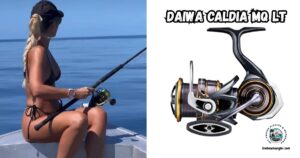
- What Is Sail Line Fishing And How To Use It?
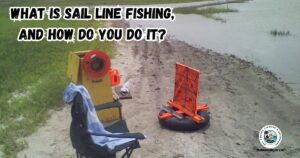
- Review Of The Penn Slammer IV Spinning Reel
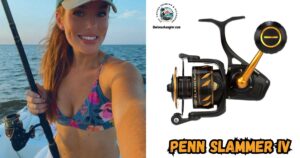
- Fishing Lake Calcasieu: 14 Tips And Tactics

- Bassdash American Saltwater Cast Nets
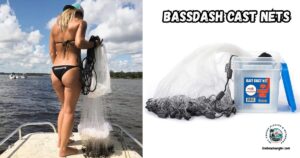
- 8 Tips on Wade Fishing The Flats For Redfish And Black Drum
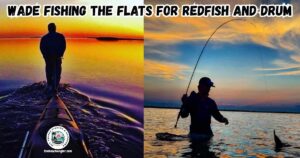
As always, stay safe, enjoy the journey, and please try to leave it cleaner than you found it. If you have any comments, questions, ideas, or suggestions, please leave them in the comment section below, and I’ll get back to you ASAP. You can follow us on Facebook: Rex The Beach Angler, Instagram: thebeachangler7, Twitter: @AnglerBeach, and YouTube: Man Art Creations.
P.S. Thanks so much for checking out our blog; we really appreciate it. Just so you know, we may receive a commission if you click on some of the links that appear on our site. This helps us keep our content free and up-to-date for everyone. We appreciate your support!
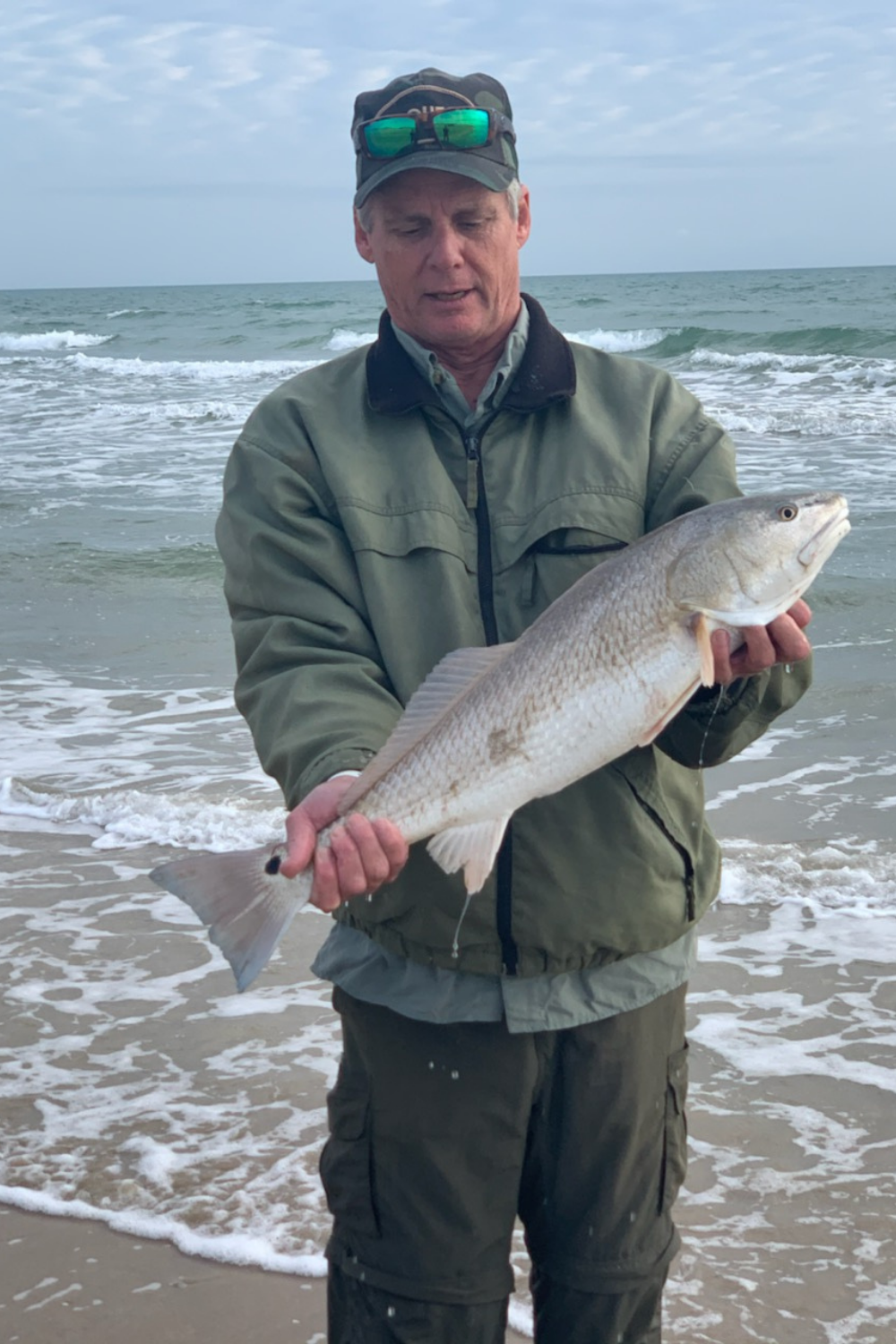
A life long surf fisherman with 50+ years of experience, I am also an avid hunter and outdoorsman. I will be sharing my passion for the outdoors with you so be prepared for hunting, fishing, camping, hiking and more. Along with gear reviews and the latest trends and innovations in the outdoor industry.
